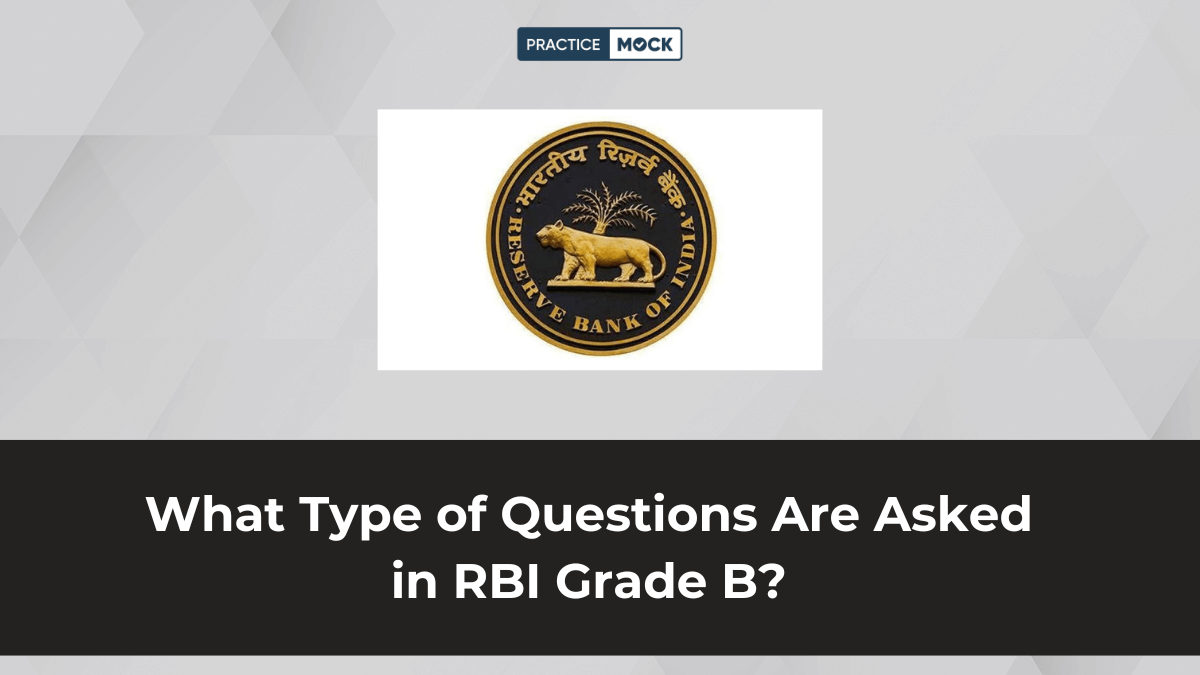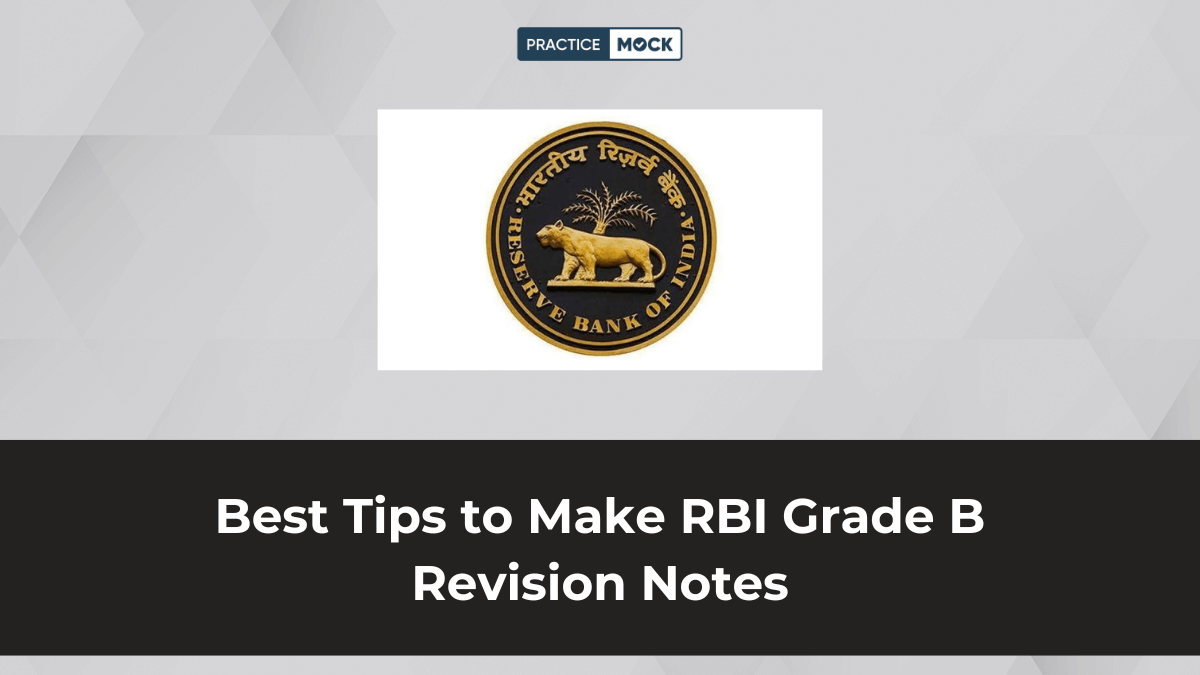The Hindu Editorial Vocabulary– Jun 14, 2022; Day 310


| Difficult Word/ Phrase | Contextual Sense |
| Intensifying | Increasing in strength or intensity |
| Rivalry | The act of competing |
| Geopolitical | Relating to the study of the effects of economic geography on the powers of the state |
| Eye-opening | Something surprising and revealing |
| Weaponry | Weapons considered collectively |
| Coercive | relating to or using force or threats |
| Bilateral | Having two sides |
| Prospect | The possibility of future success |
| Imminent | Close in time; about to occur |
| Fortify | Make strong or stronger |
| De-escalation | reduction of the intensity of a conflict or potentially violent situation |
| Band | Form a group or unite |
| Restrain | To close within bounds, or otherwise limit or deprive of free movement |
| Destabilising | Become unstable |
| Nascent | Being born or beginning |
| Tussle | Disorderly fighting |
Choosing sides: On intensifying (Increasing in strength or intensity) rivalry (The act of competing) between U.S. and China
As the U.S. and China intensify their rivalry, other countries are faced with hard choices
By speaking out last week on the situation along the Line of Actual Control (LAC), two top American officials have sent a clear message that Washington views the on-going India-China border tensions as part of the broader geopolitical (Relating to the study of the effects of economic geography on the powers of the state) contest underway in the region. On a visit to New Delhi, General Charles A. Flynn, Commander of the U.S. Army Pacific, described the level of Chinese activity in Eastern Ladakh as “eye-opening” (Something surprising and revealing) and questioned its intentions. Then, at the Shangri-La Dialogue in Singapore, the region’s most high-profile security event, U.S. Secretary of Defence Lloyd J. Austin said Beijing was continuing to “harden its position” along the border. He drew a connection between China’s fishing activities in the East China Sea, the placing of advanced weaponry (Weapons considered collectively) on man-made islands in the South China Sea, and its LAC actions as part of a “coercive (relating to or using force or threats) and aggressive approach” to territorial claims. He underlined that the Biden administration saw the Indo-Pacific as its “priority theatre of operations” and at the “heart of American grand strategy”. The LAC comment predictably led to China’s Foreign Ministry accusing the U.S. of “adding fuel to the fire”.
June 15, 2022, will mark the second anniversary of the violent Galwan Valley clash, which also marked the lowest point in bilateral (Having two sides) relations in many decades. Leaving aside the curious detail that American officials have recently had more to say publicly than their Indian counterparts about the as-yet-unresolved crisis, there appears to be little prospect (The possibility of future success) of an imminent (Close in time; about to occur) resolution after two years and 15 rounds of talks. At the Shangri-La Dialogue, to which New Delhi puzzlingly did not send high-level political representation, the Chinese Defence Minister, Gen. Wei Fenghe, alleged it was India that “sent people to the Chinese side of the territory”. He did add that both sides were working on maintaining good relations, but with India and China continuing to fortify (Make strong or stronger) forward areas, a full de-escalation (reduction of the intensity of a conflict or potentially violent situation) remains increasingly unlikely. By highlighting the border, the U.S. appears to be making its case to the region that its allies and partners need to band (Form a group or unite) together to restrain (To close within bounds, or otherwise limit or deprive of free movement) China’s behaviour. New Delhi, for its part, will likely face ever greater expectations to take a stand on China’s actions, beyond the bilateral domain. India, so far, is the only one among the four Quad countries to refrain from taking public positions on issues such as Taiwan and Hong Kong. Beijing, meanwhile, is pointing to the U.S. and the Quad as destabilising (Become unstable) forces, viewing the Quad as a nascent (Being born or beginning) “Asian NATO”, a label that its members reject. New Delhi might like to say it has already chosen its side in this geopolitical tussle (Disorderly fighting) — that is, its own. But the reality is that countries are likely to face increasingly hard choices as they navigate an intensifying rivalry between the world’s two biggest powers.
Want to improve your vocabulary further? Download the Lists of Word-Meanings of Previous Months here.
Recent Posts
IBPS Clerk Final Cut Off 2025, Check Mains Category Wise Marks
IBPS Clerk Final Cut Off 2025 will be released by the IBPS. Check the blog…
IBPS PO Final Cut Off 2025, Check Category Wise and Section Wise Marks
The IBPS PO Final Cut Off 2025 will be released on their official website. Candidates…
What Type of Questions Are Asked in RBI Grade B?
Find out what types of questions are asked in RBI Grade B and enhance your…
SSC CGL Quant Mock Test Free Based On Previous Year Question Papers
In this blog, we have provided the SSC CGL Quant Mock Test Based On Previous…
IBPS SO Final Cut Off 2025, Check IT Officer Final Cutoff Marks released On 1st April
The IBPS SO Final Cut off 2025 will be released on their official website. Candidates…
SSC CGL 2025 Notification, Check Exam Date (Expected)
The SSC will release the SSC CGL 2025 Notification on 22nd April on its official…


